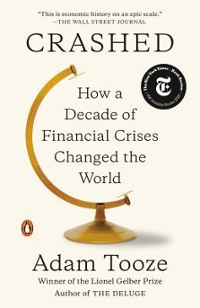Question
Question 1 (1 point) The marginal per-capita return is Question 1 options: the amount that it costs a player to contribute $1 to a pubic
Question 1 (1 point)
The marginal per-capita return is
Question 1 options:
| the amount that it costs a player to contribute $1 to a pubic good | |
| the payoff that each player gets from the total amount contributed to the public good | |
| the amount a player gets from each dollar she does not contribute to the public good | |
| the amount that each player benefits from each dollar that any player contributes to the public good |
Question 2 (1 point)
Hawkes (1993) found that male large game hunters among the !Kung of southern Africa kept how many of the daily calories they acquired for their household
Question 2 options:
| 28000 | |
| 5000 | |
| 2500 | |
| 2000 |
Question 3 (1 point)
As the marginal per capita return increases.
Question 3 options:
| contrfibutions tend to increase | |
| contributions tend not to change | |
| contributions tend to decrease | |
| contributions oscillate more |
Question 4 (1 point)
As a public good game is repeated with the players
Question 4 options:
| contributions tend to increase | |
| contributions tend to stay the same | |
| contributions tend to decrease | |
| contributions tend to increase when MPCR is high and decrease when MPCR is low |
Question 5 (1 point)
Consider an experiment with a group of four players, playing a voluntary contributions mechanism game for 10 periods. Each of the players starts off with $15 in each period, and in each period they choose simultaneously how much to contribute to the group account. The MPCR is .5.
What is the maximum total amount of money that all of the member of the group together can earn in one period of this game?
Question 5 options:
| 150 | |
| 120 | |
| 80 | |
| 60 |
Question 6 (1 point)
Please refer to question #5. Suppose that in a given period players 1 and 2 contribute $10 to the group account, and players 3 and 4 contribute 0. How much does each player earn in that period?
Question 6 options:
| Players 1 and 2 earn $30 and Players 3 and 4 earn $40 | |
| Players 1 and 2 earn $25 and Players 3 and 4 earn $35 | |
| Players 1 and 2 earn $20 and Players 3 and 4 earn $30 | |
| Players 1 and 2 earn $15 and Players 3 and 4 earn $25 |
Question 7 (1 point)
What is a good way of increasing contributions in a Public Good (or Voluntary Conrtibutions game)
Question 7 options:
| Decrease the MPCR | |
| Allow participants to communicate with each other between periods | |
| Play more periods | |
| All of the above |
Question 8 (1 point)
Suppose a second stage was added to the game where each player can observe what each other player contributed. Each player can then pay $1 to reduce any other player's payoff by $3, and can make as many times as she would like within a period. What would happen?
Question 8 options:
| Contributions would be higher than they would be without the second stage | |
| Contributions would be about the same as they would be without the second stage | |
| Contributions would be lower than they would be without the second stage | |
| Contrfibutions would instantly drop to zero |
Step by Step Solution
There are 3 Steps involved in it
Step: 1

Get Instant Access to Expert-Tailored Solutions
See step-by-step solutions with expert insights and AI powered tools for academic success
Step: 2

Step: 3

Ace Your Homework with AI
Get the answers you need in no time with our AI-driven, step-by-step assistance
Get Started


